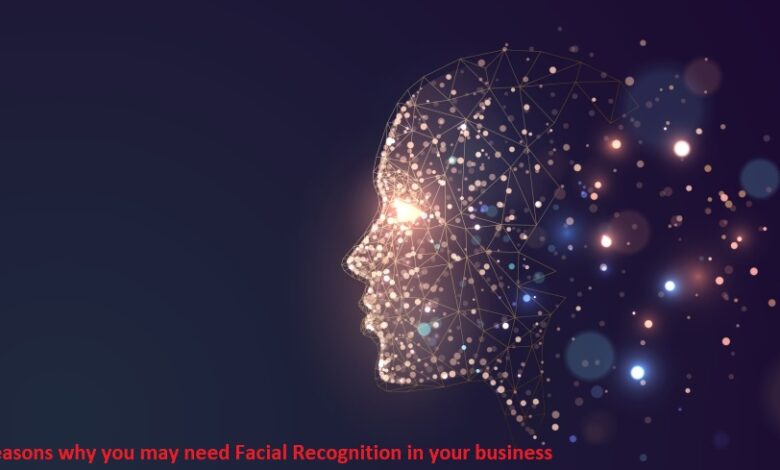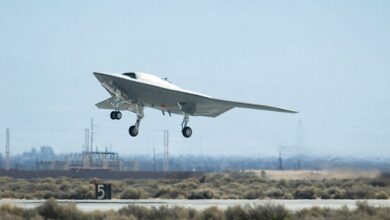
Rapidly changing technology and adapting to meet the needs of an ever-increasing population. Many businesses are now adopting biometric facial recognition to benefit their customers, employees, and the company itself. Although facial recognition technology has been around for a long time, it is growing in popularity among the general public, construction companies, and government agencies. There are various advantages to employing biometrics in any industry, including theft protection, increased security, convenience, and fewer touch points.
What is facial recognition
Facial recognition is a relatively new technology that is changing the way businesses operate. It is a type of biometric security that allows for the accurate identification of a person’s identity. This is done by using a person’s face in person, videos, or photos. This type of technology is most commonly used in security settings, but it is also gaining popularity in other areas as well.
The majority of the people are aware with the usage of facial recognition to unlock a phone; this operates in a similar way to other applications of the technology. The following are the steps to use this system:
- Face detection: A camera will first identify and detect a person’s face, which might be them looking directly at the camera or to the side of their face.
- Face analysis: the distance between a person’s chin and their forehead, their eyes, and the contour of their lips and chin are all evaluated. The goal of this stage is to identify the important features so that they can be identified.
- Image conversion: The captured image is next converted into digital data; just as a person’s thumbprint is unique, a face’s formula is as well.
- Finding the match: once a face has been collected and converted into data, it is compared to other faces in a database, and if it is recognised, a match is formed. This is usually a quick process.
Areas where facial recognition is used
Biometric systems are more common in a variety of situations. Facial recognition is applied in the following areas:
- Worker and student attendance can be tracked to assess how much someone should be paid and whether they are attending classes/shifts when they should be.
- Healthcare: this technology is increasingly being used in hospitals to obtain a patient’s records and recommended medication.
- Marketing: this is used to improve a customer’s experience by analysing audience reactions and customising advertisements.
- This is often used by law enforcement when comparing mugshots to recognition databases.
- Unlocking phones: most people are familiar with the concept of using their face to secure all of their personal information on their phone.
- Facial recognition is being employed in many airports as part of the border control process.
- Face scanners can be used to authorise transactions rather of using passwords to log into a bank account.
- Find missing people: When a missing person is recognised, law enforcement may be contacted.
Business benefits
Facial recognition has numerous advantages in a wide range of industries. The following are some of the benefits:
Easy to use
Unlike a lot of tech, facial recognition is extremely simple to use. Users do not need to be trained, and it may be implemented right away. Providing accuracy and efficiency at a high level.
Protect against theft
Facial recognition is a great way to help a business prevent theft. Staff will be discouraged from stealing at a business where it is used to report attendance because their identity and involvement have been logged. Moreover, store owners can deploy security cameras to help identify known shoplifters, implying that the mere existence of cameras will discourage theft.
Strengthens security/safety
This technology is particularly useful in areas like airports and banks, where it improves security and keeps people and their goods secure. Screening is critical, especially in an airport, to prevent potential threats and criminals from entering or exiting the area. Border checks are more efficient and accurate when facial recognition is used as part of the screening procedure.
Limits touch points
Facial recognition in the work helps to reduce touch points by reducing the requirement for human interaction along a trip. Artificial intelligence allows for a more seamless user experience, whether it’s during shopping or banking. It also aids in the improvement of health and safety measures, particularly when a large number of individuals enter and exit a single space. Germs will be contained and spread less easily by reducing physical touch and removing the need for pin pads and fingerprint scanners. People have been more aware of the spread of illnesses in recent years, particularly as a result of the spread of Covid. As a result, many people will feel more at ease if a business implements a system that reduces contact.
Convenience
Convenience is a huge benefit that most businesses would enjoy. Facial recognition technology saves time and effort in a range of situations. Whether it’s to quickly log into a phone to save time typing a password, or to pay for goods in a store to make things easier rather than carrying around bank cards all the time. This not only saves time but also improves efficiency, which is incredibly beneficial in markets and banks. Gone are the days of remembering a multitude of passwords and codes and having to type them in regularly. People’s identities can now be validated in a matter of seconds.
There are major benefits to using facial recognition in the workplace, regardless of the industry. Effective technology, such as mobile phones and access control systems, is becoming increasingly integrated into day-to-day life. There are numerous reasons why it may be needed in your business, ranging from shopping to locating a missing person.




